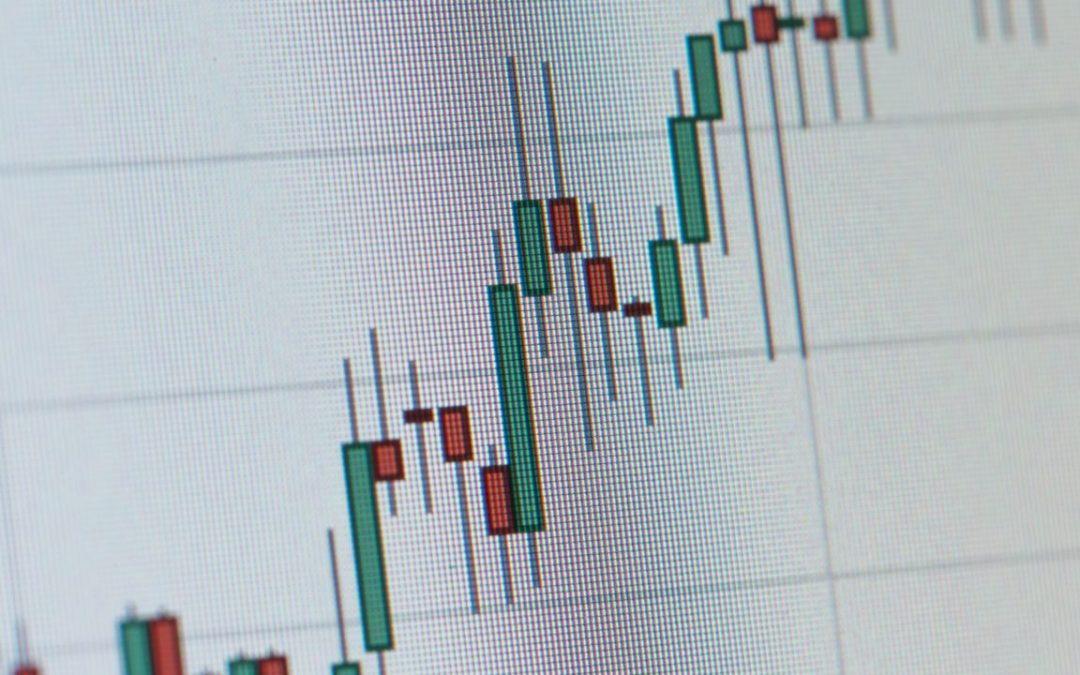Many people are looking to achive great wealth in a short amount of time. The “easy” way—the way that many people dream of, but few are able to ever actually achieve—is to luck out by investing in the “right” startup or by investing in a penny stock that erupts in value overnight. The most common way of succeeding in the financial industry, however, involves significantly more effort and a much more thorough understanding of the industry as a whole.
Technical analysis is a way that traders look at specific statistics—such as patterns in price or the level of trades being made per day—and try to use the statistics to make objectively rational trading decisions. In many ways, technical analysis can be considered both an art and a science. While this particular trading tool certainly involves a significant amount of hard data, it also requires the ability to artfully recognize which data points are most important and which ones can functionally be considered to be noise.
To have a well-rounded approach to investing and trading, technical analysis skills need to be a tool in your kit. Fortunately, these well-reviewed books can help even the most novice traders immediately improve their approach.
Books on Technical Analysis
Technical Analysis of the Financial Markets (John Murphy)
John Murphy has had over 40 years working in the trading industry, has worked as a professional technical analyst for CNBC, and has also gained significant recognition throughout the industry for the work he has done as a writer. In this book, Murphy details both the basic principles needed for novice traders to succeed as well as some of the more difficult topics reserved for more experienced traders. Murphy’s easy to understand tone and significant experience in the industry make this book an absolute must-read.
Technical Analysis Using Multiple Timeframes (Brian Shannon)
This book utilizes a relatively unique approach to technical analysis that places a specific emphasis on the importance of time horizons in the technical analysis decision making process. Essentially, a time horizon is the amount of time a given asset is held by an investor before it is liquidated back into cash (or cash equivalents). Shannon discusses how looking at different timeframes makes it much more possible for technical analysts to correctly identify which sorts of investments have the highest probability of yielding positive returns. The book also examines other important topics such as various short selling strategies and correctly utilizing stop-loss orders.
Encyclopedia of Chart Patterns (Thomas Bulkowski)
Thomas Bulkowski has gained critical acclaim for his attention to detail as an industry “chartist” and seems to have made absolutely no sacrifices in the making of this incredibly in-depth encyclopedia. Though, contrary to some of the other titles mentioned in this list, you may not want to read the Encyclopedia of Chart Patterns cover to cover, this book does an excellent job revealing otherwise under-noticed patterns through the sheer amount of charts it includes. The book is the perfect choice for individuals who are visual learners and also can function as a great source for quick references.
Elliott Wave Principle (A. J. Frost, Robert Prechter Jr., Charles Collins)
This particular book was written by a team of authors each with a unique range of experiences in the financial sector. To summarize, the Elliott Wave principle (named after legendary analyst Ralph Nelson Elliott), is an approach to technical analysis that focuses on market trends occurring in waves. The book focuses on how though some changes in stock prices may at first seem to be “random”, many of these changes can be explained by wave like patterns and can even be anticipated well in advance. The book tries to point out how these waves are actually very naturally occurring phenomena and can be found in numerous other parts of our world as well.
Japanese Candlestick Charting Techniques (Steve Nison)
Japanese candlestick charts have an origin dating back to 1700s Japan when they were first used to illustrate the relationship between supply and demand, the emotions of various traders, and the average price of rice. Now, centuries later, several variations of these charts have been utilized in the west and have been found to be quite useful throughout the world of technical analysis. This highly-detailed, though generally accessible, book by Steve Nison explores the different ways these charts can be used and how they can make it easier to spot pervasive industry pricing trends.
Technical Analysis Explained (Martin Pring)
If there was one book on this list you should seriously consider taking the time to read, it ought to be Technical Analysis Explained by the highly-regarded Martin Pring. In this book, Pring lays out a comprehensive survey that attempts to cover every topic related to technical analysis imaginable. Pring also places a specific emphasis on other topics such as trading psychology, the ways that markets operate, and why technical analysis is something that all long-term traders can consider to be valuable.
How to Make Money in Stocks (William O’Neill)
O’Neill is a founder of the widely-read publication Investor’s Business Daily and was clearly able to convert his thorough understanding of the industry into this highly accessible book. As the title of the book might imply, the book itself is highly straightforward and directly connects technical analysis with tangibly making money. In the making of this book, O’Neill looked at more than a century of relevant data points and used this analysis to develop various high-reward, low-risk trading strategies.
Conclusion
Technical analysis is something that requires a significant amount of time and effort in order to understand in its complex entirety. Taking the time to research the different approaches laid out in these texts, compare them against the historical record, and develop a trading strategy that is supported with quantitative data may at first be a bit overwhelming. But by focusing on the principles set forth in any of these books, you will certainly be moving in the right direction.












